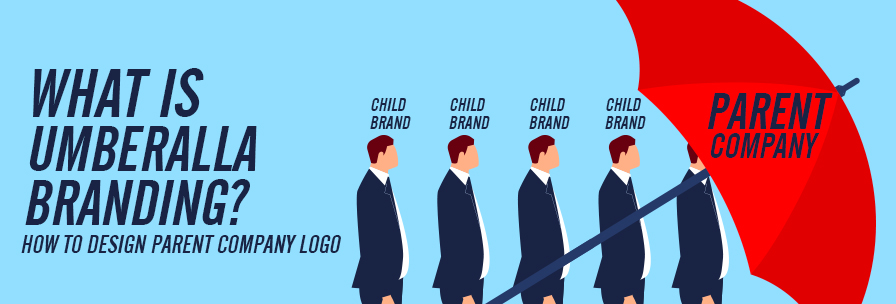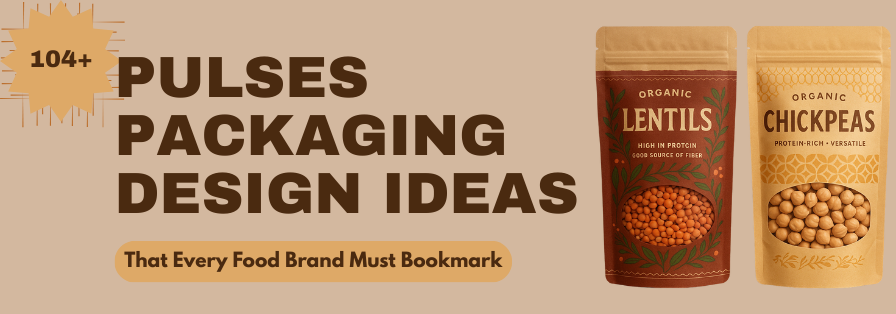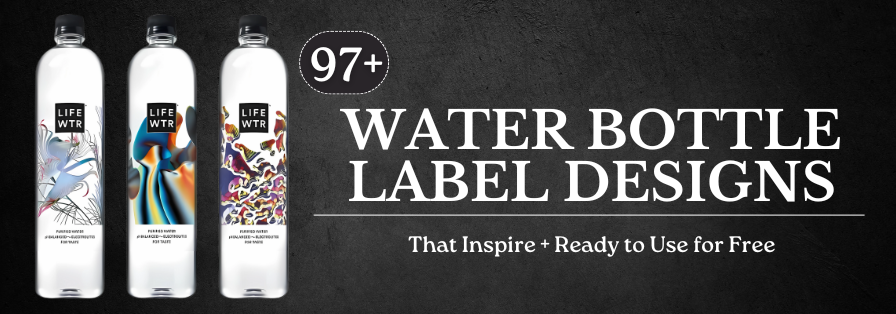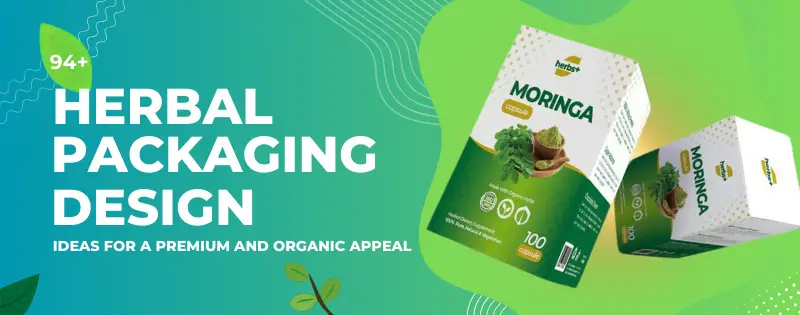![]()
![]()
I am sure you must have heard famous company’s names such as ITC, Johnson & Johnson, Amul, HUL, etc.
Even in brands such as Procter and Gamble though you purchase from them, did you ever wonder one common thing among all these famous brands.
Their parent name is one with more than one brand within their portfolio, which must have strategically planned outcome from mergers or acquisition or situational.
Brand architecture or hierarchy is not an easy task as a lot of business owners, senior managers, and entrepreneurs invest quality time in strategizing it.
Most of the business owners hardly think about organizing their product and service portfolio. Still, they do once even if they have many product lines, and the relationship between the products is often too vague.
If your brand has multiple sub-brands less than one parent name, you soon start organizing them systematically so that your target audience as per product and many other activities can be planned according to its niche.
Table of Contents
What is Umbrella Branding? Or Parent Company brand or Family Branding
It is a kind of marketing practice which involves the use of a single brand name for the selling of two or more related products or services. Companies with positive brand equity and already well-established brands follow this pattern of hierarchy.
All these products exercise the same means of naming and lack added brand names or symbols, ensuring the same level of goodwill, and trust carrying with each of its sub-brand products.
The brand positioning associated under parent brand continues in some way with all products in terms of trust and reliability. It enhances the marketability of products, and follows the psychological concept that whenever a product carries the same brand name.
The parent company can be known for high-quality standards like other sun-brands under the umbrella. Hence, they can have five different product lines, while, the trust in that particular brand leverages the attributes of the complete 5 product lines.
Example: The famous example is brand Unilever
Unilever is a British Dutch MNC offering various consumer goods such as:
Axe: Brand for male grooming products which includes soap, deodorants, aftershave, Shower gels, body wash and conditioners
Dove: Brand of personal care products line is known for its gentle care for males and females includes shampoo, deodorants, body washes, conditioners, different lotions, facial and hair care products
Lux: Brand manufacturers a range of personal hygiene-related products which includes shower gels, shampoos, conditioners, soaps and perfumes
Vaseline: Lip balms, moisturizers, lotions, creams



Three standard models for Brand Hierarchy
Brand hierarchy is summarising the brand strategy by offering numbers and nature of standard distinct brand features across firm products disclosing the explicit ordering of brand elements.
There are different kinds of brand architecture though they might sound and look similar; they are built on very other foundations.
1. Branded House Model
It is seen commonly in many brands where the parent brand name is the same for all the sub-brands.
These brands are market and operated under one parent brand name, which always supports them in each task, and these sub-brands will never overpower the primary brand.
Here, one marketing strategy works well consistently for all its brands.
Google is a correct example as it has different sub brands under the same roof. The applications such as Google excel sheets, Google calendar, Gmails all come under one brand i.e. Google.

2. House of Brands Model
It is opposite to branded house model style where there are many brands, and each is independently working on its strategies based on audience, preferences marketing, branding etc.
Here companies can take more risks with new offerings, knowing they have strong, tested brands to fall back on if necessary.
Example – P&G will have famous brands which hardly focus on parent brand such as Pantene, Tide, Pampers, Pringles, etc.

3. Hybrid Brand Model
Brand architecture model, which is a combination of one or more, is the hybrid brand. Companies adopt if majorly they are shifting their model or acquisitions or mergers.
It is done to prevent their well-known brand value in the market to keep customers happy and away from confusion.
Examples: Coca-Cola, Volkswagen and Amazon


Key Steps to Create Parent company logo Design
When we say parent brand, the name itself carries a lot of responsibility on its shoulders and hence to craft its logo is no easy task for sure.
Hence it’s essential to get your logo designed from logo design agency that has been in the industry for really long and understand the difference between each hierarchy model.
Lettermark logo, also known as a monogram is the best type of logo used for parent companies.
Letter marks are a simple form of monogram or an anagram which uses the initial letters of the company’s full name.
Letter marks are excellent if your initials look better in graphics than your full company name. They can also allow you to create a visual link between subsidiaries and parent companies.
1. Core Values
Everything about your brand, from the colours you use to the logo you choose to the language you speak, has to represent those core values. Parent brands are known for being powerful; hence, the logo design should inculcate their values so that it resonates with personality also.
A well-planned logo is the effective beginning of branding, which helps to convey your businesses and communicate a company’s core values interestingly.
2. The Intention of the Statement
The logo should be smart enough to display its intent behind the design. It must be a concise visual representation of your brand. Anyone should be easily understood and describe the purpose.
Always write brand strategy first on a paper brainstorm with the team, then check whether if the logo is justifying it or not if anything is lacking rework.
3. Creativity
Since a single logo is representing various products under its roof, it should be distinct, industry-oriented, should communicate with the target customers to achieve the logo should be creative.
Be sharp when you plan symbol/icon in case of your logo design, and it should have that extra edge over competitors in the market.
Don’t go overboard in your creativity because since its parent brand logo should be clean, bold, yet creative. Minimalistic yet creative is the new trend these days in 2020 so make sure you are along with the trend.
Also Read: Why to Trademark Your Logo Design & Secure your brand in 2020
Advantages of creating parent brand
- Parent brand has an established brand image in the market; people know the brand and its quality; hence, it is easy for a brand to come up with new product launches under its brand loyalty.
- Investment is solely made on parent brand, which will help you to focus all your energy in one direction instead of deviation.
- The market entry for umbrella branded products is relatively inexpensive since reputable brands can take advantage of past marketing efforts.
- The use of an umbrella branding does not stop companies from using and implementing other methods of brand extension, enabling them to remain elastic with marketing strategies.
Disadvantages of Umbrella Branding
- Irrespective of company size, if it is unable to provide similar quality to all of its products, it will cause disaster and negative word of mouth.
- In umbrella branding, many organization focuses on one product and lot of time neglect other products which is another concern
- Parent branding is majorly successful if the deal in quite a similar line of products such as if tomorrow Coca-Cola plans for computers, medicines it will be a fail.
- If one product fails to leave up to the mark, then the overall brand name is in risk, which is another issue.
Group of Companies Logo / Parent Company Logo



Sub Brand images




Conclusion:
As we have seen umbrella branding benefits as well as a concern, but as per the market, many products which are running under one parent brand name are more successful and accepted by customers.
Even now in a pandemic, people are more conscious about which brand they are purchasing food brands, primarily due to safety and quality; hence good companies with their well-established names are trusted most.
Make sure you keep your heart open while getting the parent brand logo design to discuss with your logo design agency about history, current and plans. Connect us today, and we will invest time understanding your brand vision and make sure logo design is justifying it.
![]()
![]()
Author
 As a passionate entrepreneur and creative brand consultant with experience of 14 years in digital, branding and packaging industry, it is my honest effort to put my experiences and knowledge of industry towards readers. A chartered accountant by degree but a marketing personality in blood has motivated her to take in designing industry as a career. With her fun-loving personality and sharp branding skills, she is a great motivational speaker on her YouTube channel, an active member in various business channels offline as well as online. Do connect me personally via my LinkedIn and I love to share my expertise with you.
As a passionate entrepreneur and creative brand consultant with experience of 14 years in digital, branding and packaging industry, it is my honest effort to put my experiences and knowledge of industry towards readers. A chartered accountant by degree but a marketing personality in blood has motivated her to take in designing industry as a career. With her fun-loving personality and sharp branding skills, she is a great motivational speaker on her YouTube channel, an active member in various business channels offline as well as online. Do connect me personally via my LinkedIn and I love to share my expertise with you.




Leave a Reply